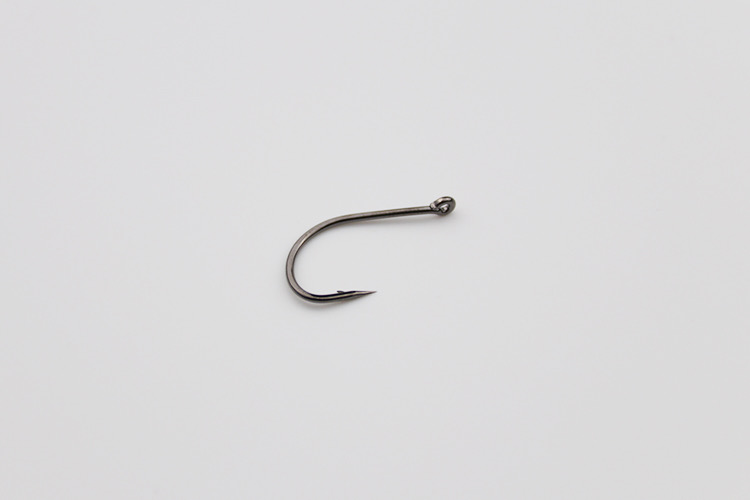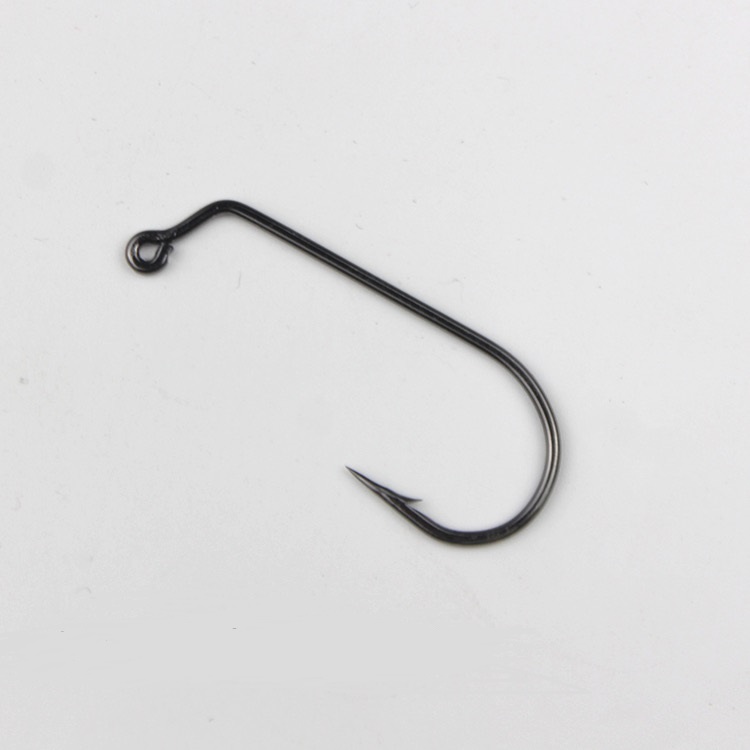Saltwater snapper fishing requires precision gear to balance stealth, strength, and sustainability. Snappers, such as Mangrove and Red Snapper, have small mouths, sharp teeth, and cautious feeding behaviors. Choosing the right circle hook is critical for maximizing hookups while minimizing harm to the fish. This guide covers key factors to help you select the best hooks.

hook Size: Match the Snapper’s Mouth
Snappers are notorious for nibbling bait cautiously, so hook size must align with their anatomy:
– Recommended Sizes: Opt for 1/0 to 3/0 circle hooks for smaller species like Mangrove Snapper. Larger snappers (e.g., Red Snapper) may require 5/0 to 7/0 hooks when using chunk baits.
– Gap Width: A moderate gap ensures the hook catches the jawbone without bending under pressure. Avoid overly wide gaps that reduce durability.
Inline vs. Offset Circle Hooks
Hook design impacts both catch rates and conservation:
– Inline (Non-Offset) Hooks: Ideal for catch-and-release, these hooks align the point with the shank, reducing gut-hooking. Many fisheries mandate non-offset hooks to protect snapper populations.
– Offset Hooks: Slightly angled points improve hookup rates but increase the risk of deep penetration. Use only where retention is permitted.

Key Features to Prioritize
When selecting hooks, focus on these traits for saltwater performance:
– Sharpness: Ultra-sharp points penetrate quickly, even with light bites.
– Corrosion Resistance: Saltwater rapidly degrades low-quality hooks. Look for coatings like black nickel or bronze.
– Material Strength: High-carbon or vanadium steel provides durability without excessive weight. Avoid stainless steel in regulated areas where non-stainless hooks are required.
Regulatory Compliance
Snapper fishing regulations vary by region. Key rules often include:
– Non-Offset Mandates: Required in federal Gulf waters and states like Florida when using natural bait.
– Dehooking Tools: Essential for safe catch-and-release practices.
Pro Tips for Success
– Bait Presentation: Hide the hook point within shrimp or crab bait to avoid spooking fish.
– Leader Setup: Use 30–40 lb fluorocarbon leaders with short-shank hooks for stealth.
– Drag Settings: Adjust drag based on hook thickness—lighter for thin wires, heavier for robust designs.

Conclusion
The best circle hooks for snapper prioritize size accuracy, material resilience, and compliance with local rules. Opt for 1/0–3/0 inline hooks with corrosion-resistant coatings and high-carbon steel construction. By focusing on these criteria, you’ll enhance your catch rates while supporting sustainable fishing practices. Always verify regional guidelines to protect snapper populations.